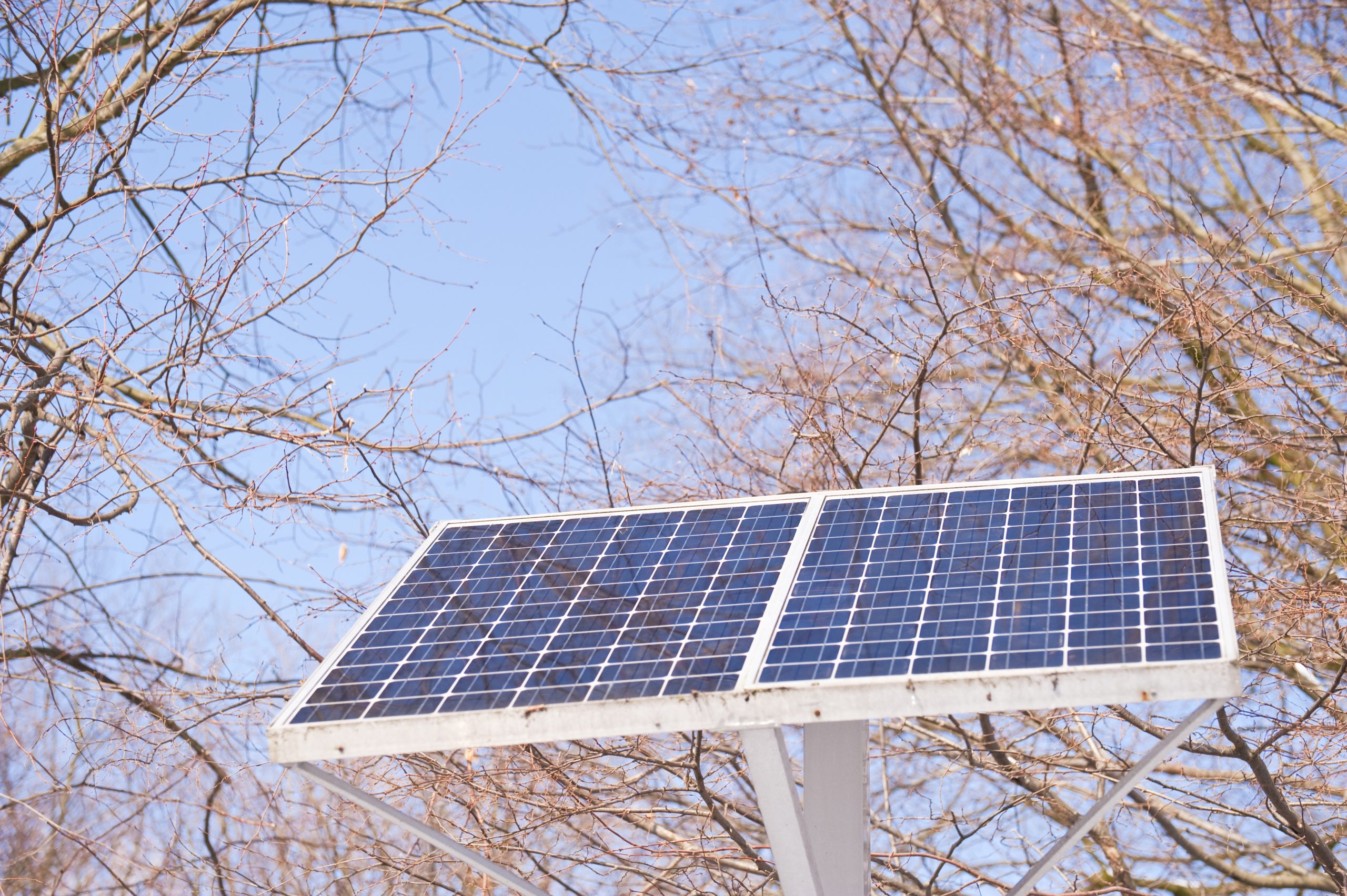Solar power is a clean, renewable source of energy that has been gaining popularity in recent years. With increasing concerns about climate change and environmental sustainability, many people are looking for ways to reduce their carbon footprint and switch to cleaner sources of energy. In this blog post, we will explore the benefits of switching to solar power and why it’s time to make the change.
Introduction to Solar Power and Its Benefits
Solar power involves harnessing the energy from the sun through photovoltaic cells or solar panels. These panels convert sunlight into electricity that can be used to power homes, businesses, and other applications. One of the main benefits of solar power is its renewable nature – unlike fossil fuels, which are finite resources, the sun’s energy is limitless and free. Additionally, solar power produces no greenhouse gas emissions, making it an environmentally friendly option.
The Cost-Effectiveness of Switching to Solar Energy
While there may have been some initial costs associated with installing solar panels, they have become much more affordable over time. As technology continues to improve, the cost of solar power has decreased significantly, making it competitive with traditional forms of energy such as coal and natural gas. Furthermore, once you install solar panels on your property, you can expect to save money on your monthly utility bills since you will be generating your own electricity.

How Solar Panels Work and Their Efficiency Rates
Solar panels work by converting sunlight into direct current (DC) electricity using photovoltaic cells made of silicon. The DC electricity then passes through an inverter, which converts it into alternating current (AC) electricity that can be used to power appliances and electronics in your home or business. The efficiency rates of solar panels vary depending on factors such as the type of panel, the amount of sunlight available, and the temperature. However, modern solar panels typically have efficiency rates between 15% and 20%.
Making the Transition to Solar Power: A Step-by-Step Guide
Switching to solar power requires careful planning and consideration. Here are some steps you can take to make the transition:
1. Conduct research on solar power and determine if it’s feasible for your location and needs.
2. Contact local solar installation companies and request quotes for installation.
3. Choose a reputable company and sign a contract for installation.
4. Schedule a site visit with the installer to assess your property and determine the best placement for the solar panels.
5. Wait for permits and approvals from your city or county before beginning construction.
6. Installation begins! This process usually takes several days to complete.
7. Once installed, enjoy the benefits of producing your own clean energy and saving money on your utility bills.
Conclusion
In conclusion, switching to solar power offers numerous benefits including reduced reliance on nonrenewable energy sources, lowered carbon footprint, and potential savings on utility bills. While there may be upfront costs involved in installing solar panels, the long-term benefits far outweigh these expenses. We encourage everyone to consider making the switch to solar power and taking advantage of all the benefits it provides.